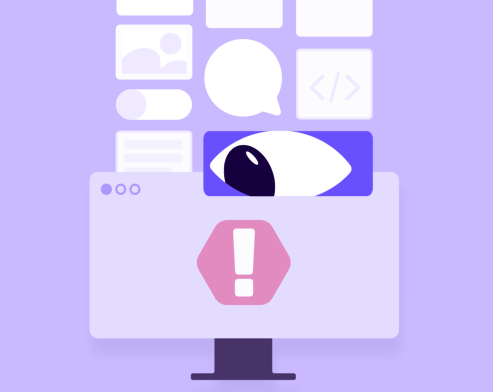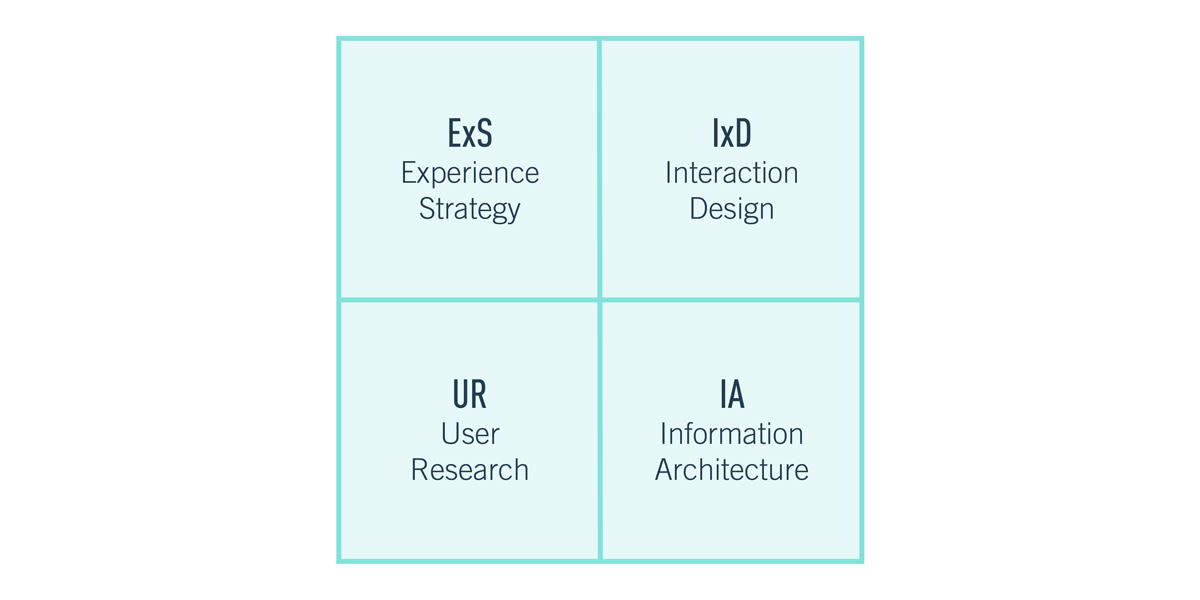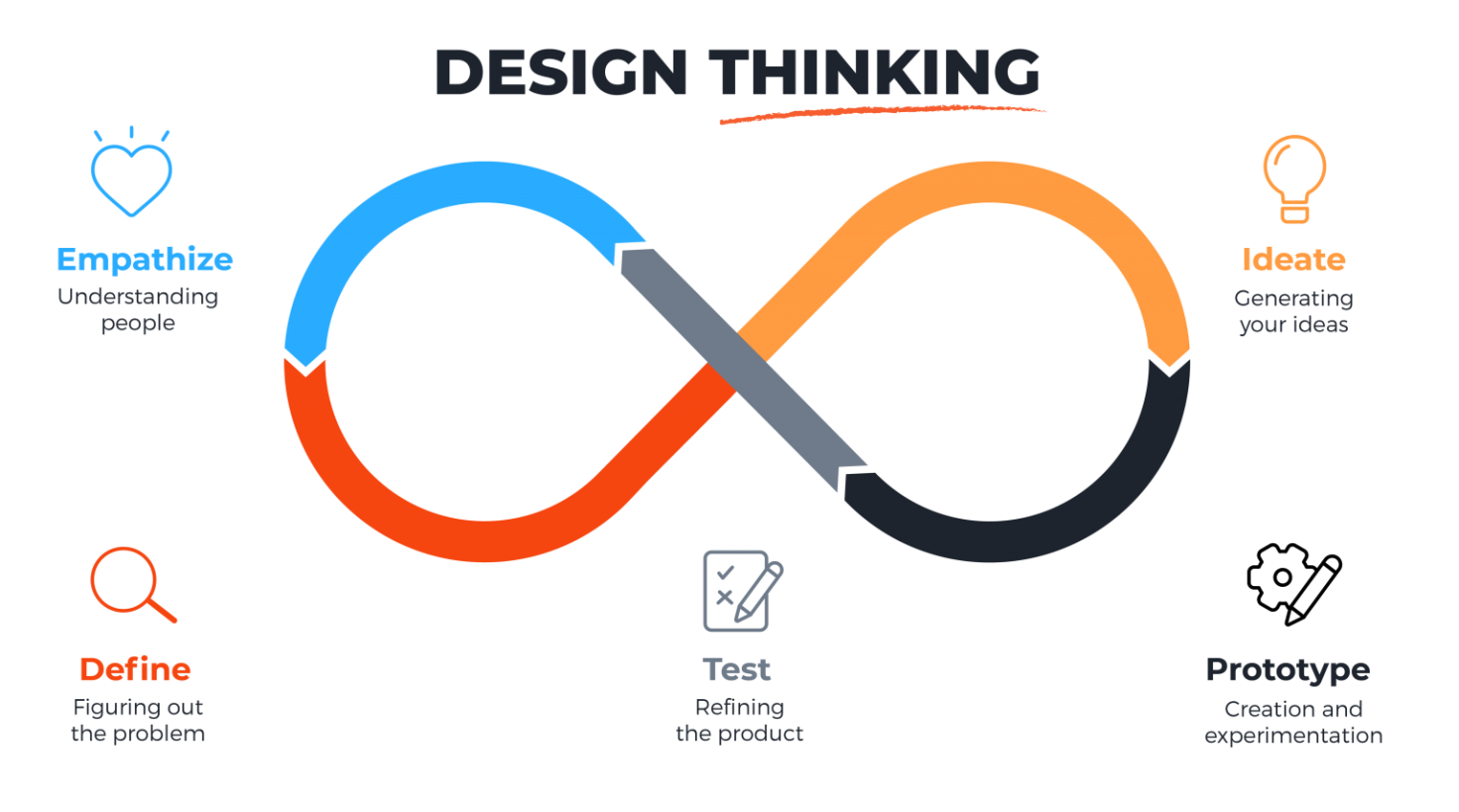What is user experience (UX) design?
Working in a large organization with over 100+ employees? Discover how Dovetail can scale your ability to keep the customer at the center of every decision. Contact sales.
User experience (UX) design is how designers create products to provide users with practical, logical, and meaningful experiences.
UX involves any interaction you have with products and services. It impacts how you interact with the design, how you feel as you use it, and how simple or challenging it is to fulfill actions and complete tasks. Therefore, UX is a critical component of the design process.
UX design includes all design aspects, including planning, development, branding, appearance, usability, and functionality.
Don't let UX problems go unnoticed
Use Dovetail to analyze all your customer interviews and uncover hidden UX issues that are costing your business every day.
Analyze with Dovetail
What's the difference between UX and UI design?
While user interface (UI) design is a term the industry often uses interchangeably with UX design, the two are distinct concepts. UI design focuses entirely on the usability of products. Usability falls into two main categories: Visual design relating to the look and feel of the product and user interface design covering functionality and ease of use.
While UI design is a critical part of UX design, UX design is a much broader concept.
UX designers focus on researching, branding, designing, and delivering a product to delight the user.
Good UX design goes beyond functionality and usability. It aims to create a positive interaction between the product or service and the person using it.
In the words of the cognitive scientist and user experience architect Don Norman,
It’s not enough that we build products that function, that are understandable and usable, we also need to build products that bring joy and excitement, pleasure and fun, and yes, beauty to people’s lives.
What are some examples of UX design?
UX design heavily impacts the products, software, websites, and apps we use today. UX designers have carefully crafted almost anything we interact with.
A few examples include:
A share-ride app that removes the need to call a cab
A live calendar that removes the pains of scheduling
A house-share app allowing you to rent your property quickly
A collaboration tool enabling multiple users to add live changes
A fast and easy-to-use advanced search function
UX designers typically design most services with the user front of mind.
Calculate lost revenue due to UX issues
Don’t leave money on the table. See how much you could save in lost revenue each year when you solve UX issues and deliver a better experience for your customers.
$
Value per visit
$0
x Abandoned users
x 0 abandoned users
x $0 lost revenue / day
x 365 days
Lost revenue / year
$0
The history of UX design
User experience architect Don Norman coined the term UX design in the 1990s. While working for Apple, Norman became the first person to have UX in his job title. He laid the groundwork for what many understand as UX design today.
Norman decided we needed a term to refer to all aspects of a user's product experience. The goal behind UX design was to create a seamless journey for the user.
In his words,
No product is an island. A product is more than the product. It is a cohesive, integrated set of experiences. Think through all of the stages of a product or service – from initial intentions through final reflections, from the first usage to help, service, and maintenance. Make them all work together seamlessly.
While the term UX design was born in the 90s with the rise of digital software, designing with people’s experiences in mind is not necessarily something new.
Some people consider Walt Disney as the first UX designer. He deeply understood his audience and wanted to delight people and create special moments for them.
Toyota also famously built the first human-centered production system in the 1940s.
As far back as 4000 BC, the Chinese philosophy of feng shui was born out of the idea of creating harmonious experiences for people.
Evidence suggests that ergonomics principles – which heavily focus on usability – were born out of Ancient Greece some 25 centuries ago.
Four key aspects of UX design
As UX design is a broad term covering many areas, it’s helpful to break those areas into four main categories.
The quadrant model separates these categories into the following groups:
Experience strategy (ExS)
Interaction design (IxD)

User research (UR)
If products and services are to be useful, they need to solve a problem for people. UR is critical to understanding what people need and how to best solve those problems for them.
Elements of UR may involve:
Focus groups
Developing prototypes for customers to interact with
Continually optimizing products through usability testing
Experience strategy (ExS)
ExS involves looking holistically at your entire company’s strategy to ensure products and services fit cohesively within the organization. That means aligning the end user's needs with the company developing the products.
Interaction design (IxD)
IxD focuses on the person who will interact with the product. IxD takes into account many design elements, including:
How a user will navigate the product
The user flow
Transitions between pages
Buttons, scrolling, and menus
Failure and success screens
The ease of completing tasks
Information architecture (IA)
For information to be useful, designers must lay it out in meaningful ways. IA looks at content and information and how it can be best displayed. When IA is well designed, people can quickly navigate products and get the information they need.
What’s the role of a UX designer?
The primary focus for UX designers is creating human-centered products. That means designing products with people and their needs in mind.
UX designers create products that are meaningful and user-friendly. Most importantly, the designers ensure the products can perform key tasks.
Important aspects of UX design include:
User research
Creating user personas
Designing blueprints for products (wireframes) and user flows
Prototyping and user testing
Continual refinements
Working with developers to bring products to life
It’s also worth noting that UX researchers sometimes work alongside UX designers to complete the user research stage of the process. A researcher will determine the needs and questions of the UX designer and conduct relevant research before delivering the results to the designer.
As the design process continues, UX designers must continually incorporate the user's needs and feedback alongside the proposed solutions.
Once digital products launch, the role of the UX designer is not over. Typically, designers will continue user testing, and tracking user flows to see how they can improve products over time in a process known as optimization.
Ultimately, UX designers apply a design-thinking approach to the products they create.
The importance of applying ‘design thinking’
Design thinking describes the UX design process – creating highly user-focused products through a complex design process.
Design thinking seeks to deeply understand humans and their behavior, needs, and challenges to create products that solve those problems.
Design thinking is solutions-focused, highly human-centric, and iterative (repetitive).
The process involves five main stages:

Empathize: deep research into the user's needs, desires, and problems.
Define: clearly defining the problems and concerns of the user.
Ideate: brainstorming ideas to solve those problems by challenging assumptions and looking clearly at the data.
Prototype: creating new solutions to address those concerns.
Test: actively working with users to test and retest the solutions to ultimately design better and more valuable products.
Design thinking is non-linear
Importantly, design thinking is non-linear. While there are five defined stages, the user’s needs lead the process.
As designers create prototypes and gather more data, it’s sometimes necessary to start the process again or move between the stages: Discoveries down the line can inform the early steps.
This flexibility between stages allows designers to discover the most informed, refined, and user-centric solutions.
Why is UX design so critical?
We cannot overstate the value of UX design. Designing with people in mind is fundamental to creating products that delight the end user while solving their problems in the best possible ways.
UX design means creating products that don’t just look pleasing but also make particular actions simpler and faster.
Well-designed products can fundamentally impact people and make their everyday tasks easier.
Good UX design is also good for business: Adopting good UX practices can give you a competitive advantage. Studies show that design-led companies (those intentionally designing with positive user experiences in mind) have a 41% higher market share and 50% more loyal customers than those who don’t.
Critical UX design questions
To create user-centric products, it’s helpful for UX designers to keep some questions in mind. These ensure you develop truly beneficial problem-solving products.
These questions include:
Pre-design
Does this product address a true user problem?
Can I prove users (through data and research) have this problem and need it solved?
Who is the end user I’m designing for?
During and post-design
Is the product easy to use and accessible?
Does the product create a positive experience for the user?
Does the user want to recreate or repeat the experience?
UX design as a career
Being a UX designer can be a very rewarding, fulfilling, and diverse career. UX designers perform a broad range of tasks, including user research, prototyping, visual design, and creating wireframes and user flows.
UX designers tend to bridge the gap between multiple parties – the development team, the main stakeholders, like product leaders and upper management, and the end user.
Within the digital landscape, good UX designers tend to find themselves in demand.
Key skills of UX designers
Technical: Creating user flows, wireframes, prototypes, and mockups.
Visual design: Using design software to create design solutions.
Research: Testing the market and working with users to design products that solve real-world problems.
Flexibility: The UX design process is not linear, so the ability to be flexible and find solutions based on feedback and data is essential.
People skills and collaboration: UX designers sit between several parties, making collaboration important.
Which products are UX designed?
UX designers work on a range of projects to create user-friendly products for people. Software, websites, and apps
UX design is most commonly associated with software products, websites, and apps.
This can include anything from data software to eCommerce websites and meditation apps. Ultimately, a UX designer likely had a hand in creating anything you use online.
Virtual reality
Virtual reality and augmented reality are growing in popularity. The global virtual reality market alone is predicted to be worth an incredible $20.9 billion by 2025.
These two areas are a key focus for UX designers to ensure the user experience is seamless and positive.
Products and services
Other products are also subject to UX design principles. UX designers work on physical products, public places, infrastructure, and more. That might mean designing a chair in alignment with ergonomics or creating a nature park with human flow in mind.
Service design is also an important aspect of UX. Service design includes the organization of communications, people, events, and more to create seamless experiences.
UX design isn’t coding
UX design is also occasionally confused with web development and coding. Web development involves coding, which is the backbone of software, websites, and apps.
While development and UX teams often work closely together, they perform distinct roles.
UX design does not involve any coding: Web developers bring UX designs to life further down the line.
Accessibility in design
Creating products that are accessible and usable for a wide range of people is an important aspect of UX design.
In a process known as Universal Design (UD), products should be accessible to every person regardless of who they are or their abilities.
To create products in alignment with accessibility, these are some things to keep in mind:
Equality: designing products that people with differing abilities can use means taking into account different learning styles, knowledge levels, and disabilities.
Simplicity: it’s essential to make products simple to understand and use.
Information accessible: it’s helpful to have key information easy to access.
Low physical effort: the product or service shouldn't be physically challenging to use.
UX design is the cornerstone
Valuing good UX design means valuing the people who you are designing for. It means stepping away from assumptions – not designing products for the way you want people to behave, but designing them for the way they actually behave.
It’s good business sense, too. By celebrating UX design, you’re much more likely to delight customers and have them coming back for more.
For customers, good UX design means access to useful, logical, and meaningful experiences – and that’s good for everyone.
Should you be using a customer insights hub?
Do you want to discover previous user research faster?
Do you share your user research findings with others?
Do you analyze user research data?
Editor’s picks
Last updated: 24 June 2023
Last updated: 29 May 2023
Last updated: 6 March 2025
Last updated: 6 March 2025
Last updated: 27 November 2024
Last updated: 18 December 2024
Last updated: 16 February 2025
Last updated: 22 December 2024
Last updated: 31 January 2025
Last updated: 1 February 2025
Last updated: 8 January 2025
Last updated: 26 February 2025
Last updated: 1 February 2025
Last updated: 26 February 2025
Last updated: 31 January 2025
Latest articles
Last updated: 6 March 2025
Last updated: 6 March 2025
Last updated: 26 February 2025
Last updated: 26 February 2025
Last updated: 16 February 2025
Last updated: 1 February 2025
Last updated: 1 February 2025
Last updated: 31 January 2025
Last updated: 31 January 2025
Last updated: 8 January 2025
Last updated: 22 December 2024
Last updated: 18 December 2024
Last updated: 27 November 2024
Last updated: 24 June 2023
Last updated: 29 May 2023